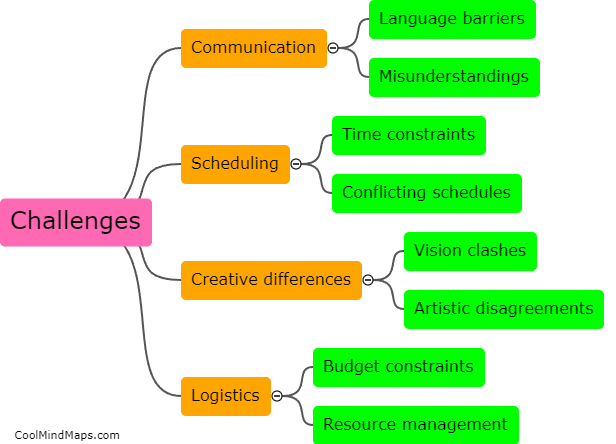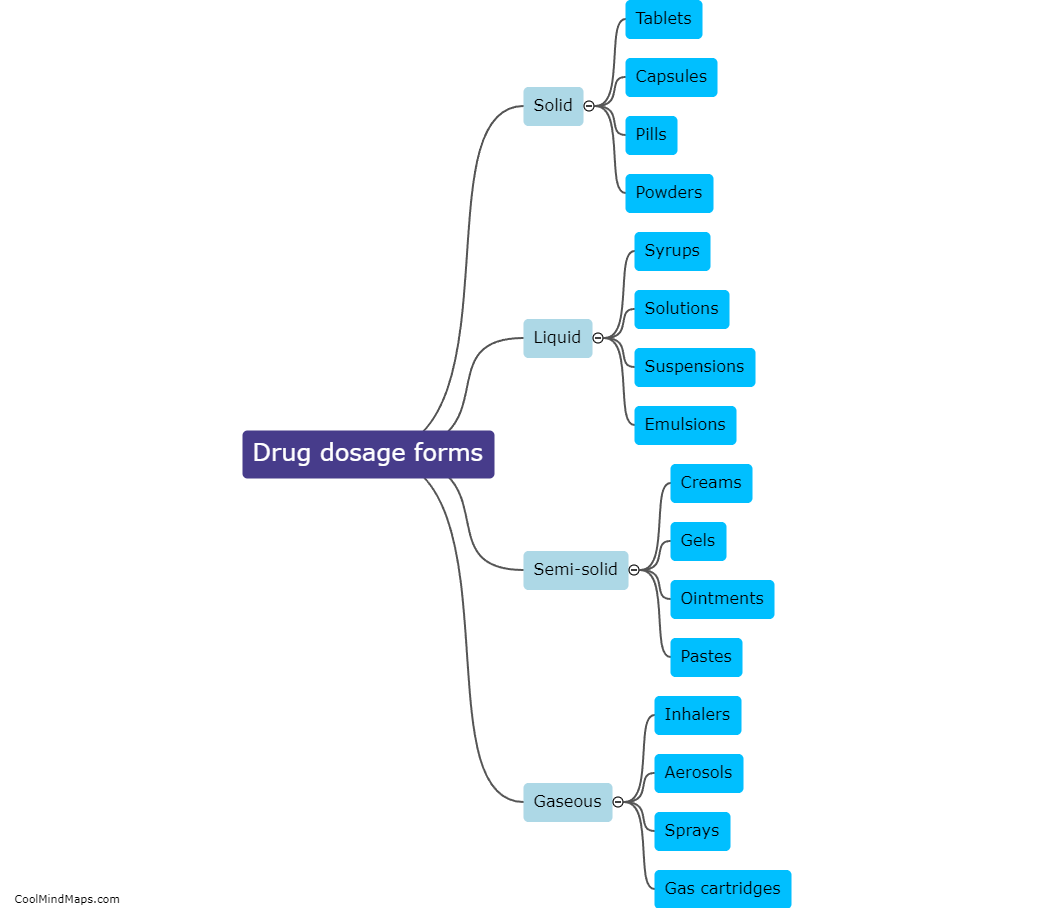What are the different types of drug dosage forms?
Drug dosage forms are various physical forms in which medications are manufactured and administered to patients. There are several types of drug dosage forms available, each serving a specific purpose based on the medication's properties and the patient's needs. The most commonly used dosage forms include tablets, capsules, liquids, suppositories, transdermal patches, injections, and inhalations. Tablets and capsules are solid dosage forms taken orally, while liquids offer an easily swallowed alternative. Suppositories are inserted into a body cavity, while transdermal patches deliver medication through the skin. Injections are administered directly into the bloodstream, providing rapid effects, and inhalations are used for respiratory tract treatments. Each dosage form offers distinct advantages and disadvantages, enabling healthcare professionals to select the most appropriate form for effective and safe medication administration.

This mind map was published on 5 December 2023 and has been viewed 98 times.











